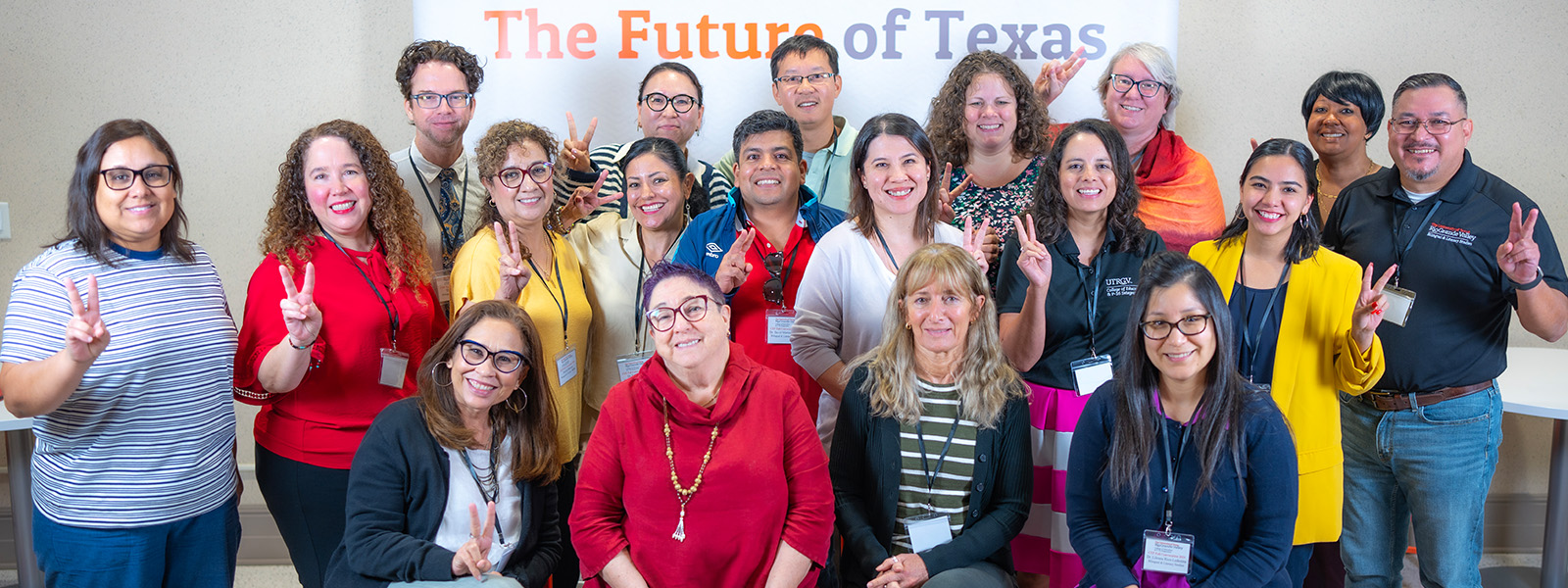
Bilingual and Literacy Studies Faculty Publications and Presentations
Document Type
Article
Publication Date
2-2024
Abstract
Mandarin has become a growing focus of language instruction in recent decades, and there have been many different approaches, from foreign language education to bilingual education, to dual-language immersion. In many such Mandarin instructional spaces, teachers adhere to the prescribed monolingual policy. In recent years, some have even experimented with creative pedagogy like skits and interactive boardgames, often relying on gestures in order to make their instruction comprehensible. Even with these multimodal approaches, students are still confined to leverage only the limited social and linguistic resources of the curriculum. Given current classroom necessities, there has been a shift to translanguaging and dynamic bilingualism, where students' language performances are adapted to their particular situations. Thus, in this chapter, we respond to the growing call for creating and sustaining a dynamic space in Mandarin programs and classrooms by discussing the complexity of implementing translanguaging in Mandarin teaching. We argue for distancing from monoglossic ideologies in favor of adopting a translanguaging stance and approach in Mandarin language classrooms.
Recommended Citation
Zhou, X., & Du, X. (2024). Translanguaging in Mandarin Instruction. In Representation, Inclusion and Social Justice in World Language Teaching (1st ed., pp. 192–210). Routledge. https://doi.org/10.4324/9781003361787-13
Publication Title
Representation, Inclusion and Social Justice in World Language Teaching
DOI
10.4324/9781003361787-13


Comments
This is an Accepted Manuscript of a book chapter published by Routledge in Representation, Inclusion and Social Justice in World Language Teaching on 2024, available online: https://doi.org/10.4324/9781003361787